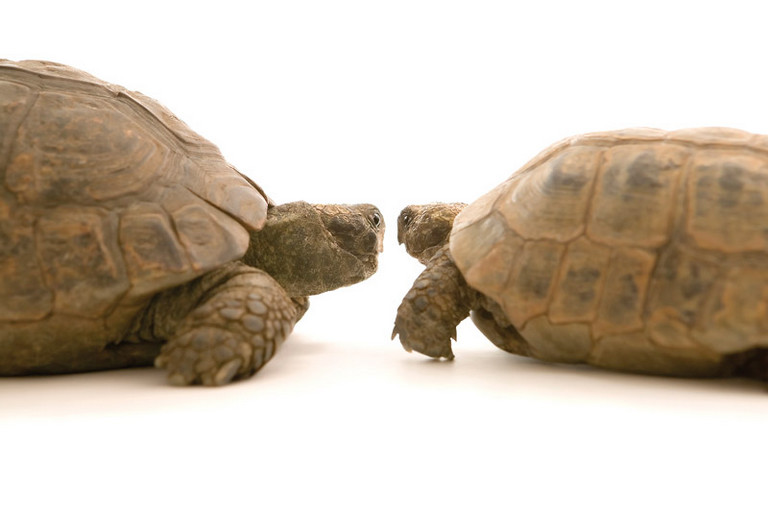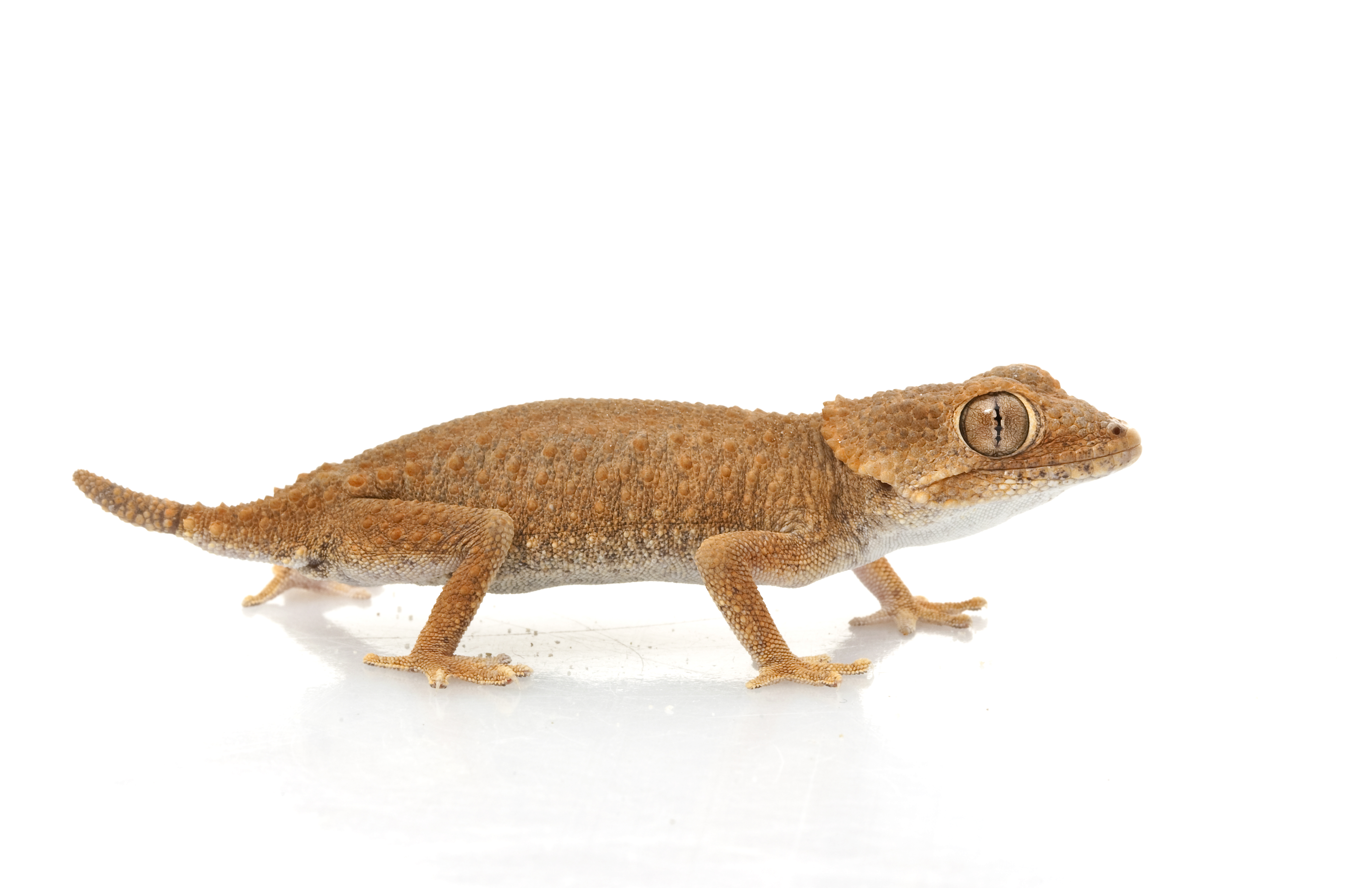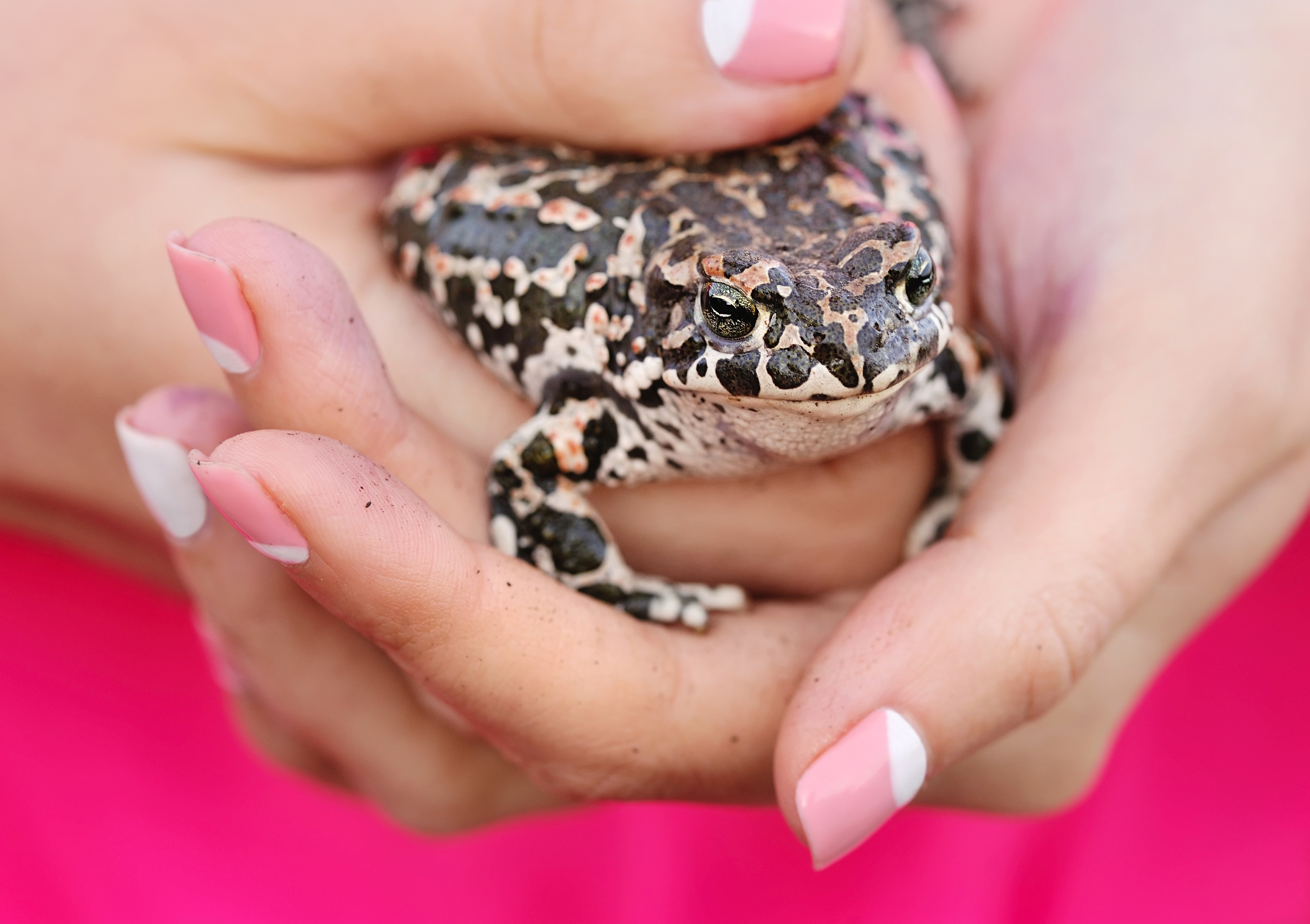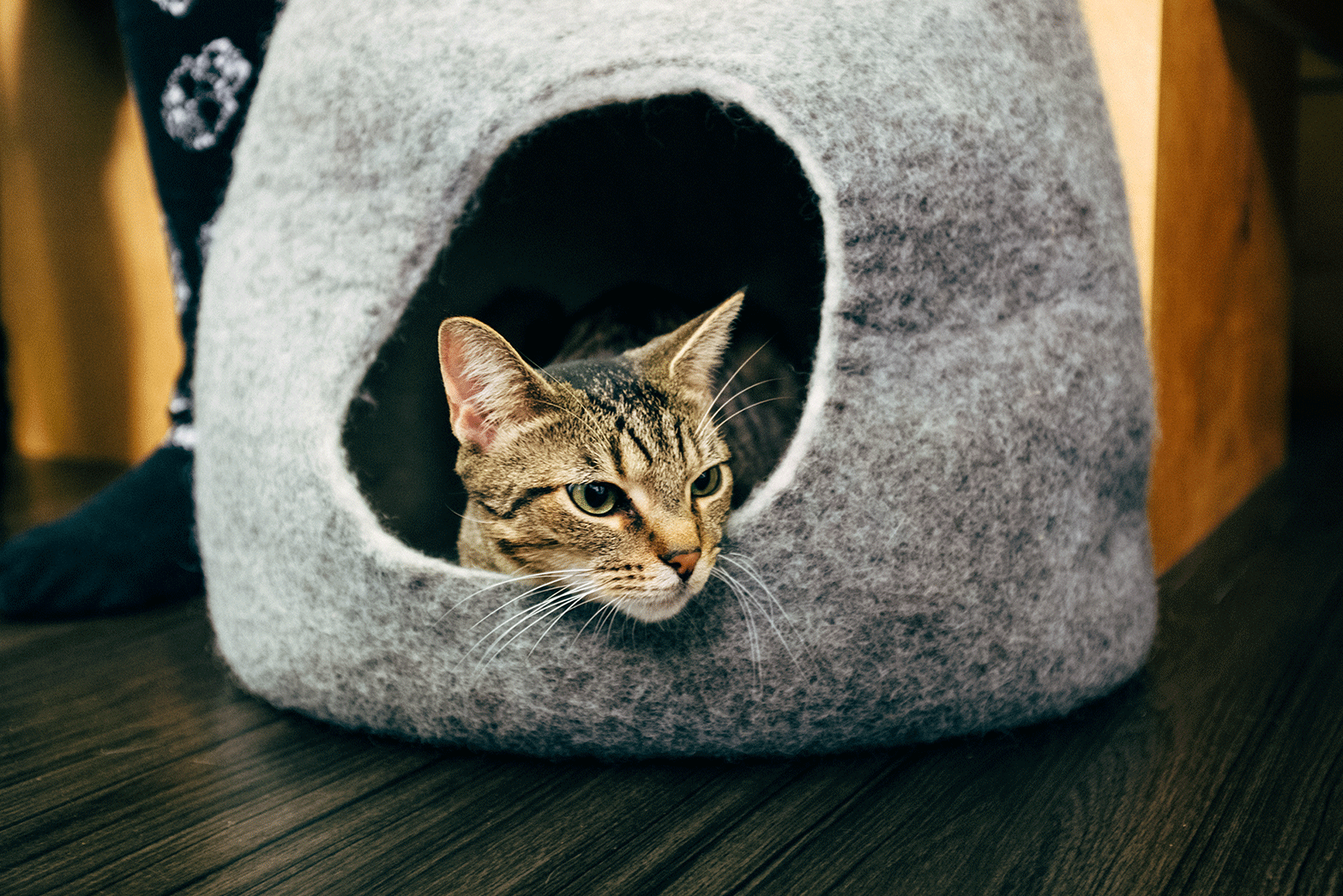Socializing Reptiles Is Easier Than You Think
Erik J. Martin //October 1, 2013//
Scale-skinned critters and shellbacks can’t be expected to go fetch your pipe and slippers like a dog or rub up against you with a purr like a contended cat. But many species can benefit from greater social acclimation with caring humans who practice proper and consistent handling, the rewards for which can include a tamer, more relaxed pet.
Laurie Hess, DVM, owner, Veterinary Center for Birds and Exotics, in Bedford Hills, N.Y., encourages pet store retailers and their customers alike to follow appropriate socialization techniques, which means handling reptiles with extreme care.
“We encourage approaching reptiles slowly, picking them up gently and maintaining a gentle but firm and constant hold to prevent them from jumping or wriggling out of your hand,” Hess, who advises washing your hands to prevent the spread of bacteria, said. “A lot of reptiles aren’t used to being handled as much as small mammals and other fuzzy pets, but owners often don’t pick them up and touch them as much as they could.”
For many species, Hess says holding, touching and letting the animal rest next to your body promotes healthy socialization and owner-pet bonding.
“The best species for socializing are smaller lizards like geckos and bearded dragons, turtles like red-eared sliders, and docile snakes such as ball pythons,” she said. “Larger snakes and lizards may not be as amenable to socializing but can get used to handling if they are properly fed and are not about to shed, a time when they may be irritable and not want to be touched.”
Because reptiles normally don’t live in groups, housing more than one of the same species together, especially when a tank is loaded with too many animals, can cause a stressful environment that can lead to fighting, spread of diseases, illness, injury and even death of one or more of the inhabitants.
An overcrowded habitat in a pet store also makes a bad impression on customers and can make it more difficult to sell its overstimulated occupants. However, some reptiles can be paired together in the same enclosure, including water turtles and geckos.
“Retailers should educate consumers as to what they’re getting into and demonstrate proper handling and socializing approaches,” Hess said.
She also recommends the technique of positive reinforcement whereby the herp is given a special treat shortly after being taken out of its cage and being handled. Consistent repetition of food rewards and positive attention can condition the animal to relax and behave appropriately.
Helping Sales
Jacqueline Anderson, a store manager for Austin Exotic Pets in Austin, says she recommends a good rule of thumb to her reptile buyers: Take the pet out of its cage for at least 15 minutes a day to foster healthy socialization.
“Pet retailers should also show off their reptiles more often in the store by taking them out of their cages,” she said. “Not only does it showcase the pet to its potential owner, but it gives the reptile some needed away time out of the cage. However, you need to train your staff on how to pick up, hold and handle these animals properly so they can demonstrate the right techniques to customers. Your employees need to be comfortable with and knowledgeable about interacting with [reptiles].”
Selecting an appropriate habitat for that herp, an enclosure that is well-designed for safety, visibility ease of cleaning and size and also amenable to easier, less-stressful access to the pet, is also important.
“Most tortoise owners, for instance, have traditionally used glass aquariums to house their pets,” Paul Demas, project manager for Penn-Plax in Hauppauge, N.Y., said. “But these are not ideal due to lack of floor space, poor ventilation and their tendency to not recognize the glass and repeatedly run into it, causing injury. But new cage designs allow for greater interaction with many reptile species.”
One good example is Penn-Plax’s Reptology Tortoise Palace, ideal for Russian and Greek tortoises and box turtles. This horizontally spacious enclosure features a highly visible front glass viewing area, a built-in hide areas with access door and wire top with locking hinges for simple and quiet cage opening/closing.
Anderson says she prefers these types of terrariums that provide easy-to open sliding or hinged doors instead of traditional screen tops.
“A lot of cages are completely covered on top with fixtures and heating elements that you have to take off when you want to open up to get the animal inside,” Anderson said. “All that commotion and activity can disturb the reptile, so a habitat with an easy-to-open door is better.”
Human/Reptile Bond
Anderson also suggested promoting products that encourage owner-pet bonding.
T-Rex offers a Reptile Comfort Leash that securely harnesses iguanas, geckos, monitors, anoles, tegus and swifts and features an adjustable cinch that enables a gentle but firm control of the lizards allows you to gently but firmly secure the lizard.
A pivoting safety clasp can also be tethered to a belt loop or button hole, or it can be tied to a branch to allow the lizard to bask in the sun without worry.
Other products that encourage closer interaction between owners and their reptiles include climbing vines, ladders and hammocks that increase visibility of and access to the animal.
Several manufacturers make quality vines for cages, such as Exo Terra’s twistable and bendable Jungle Vine, Fluker Labs’ Small Animal Bend-A-Branch Pet Habitat Decor and Lee’s Vine Herb Habitat Décor.
Additionally, Zoo Med has a Lizard Ladder with a soft nylon mesh that attaches to the back wall of a terrarium to give reptiles more area to climb, as well as a mesh Reptile Hammock (14- or 17-inch) that creates an instant perch on which reptiles can rest.



















